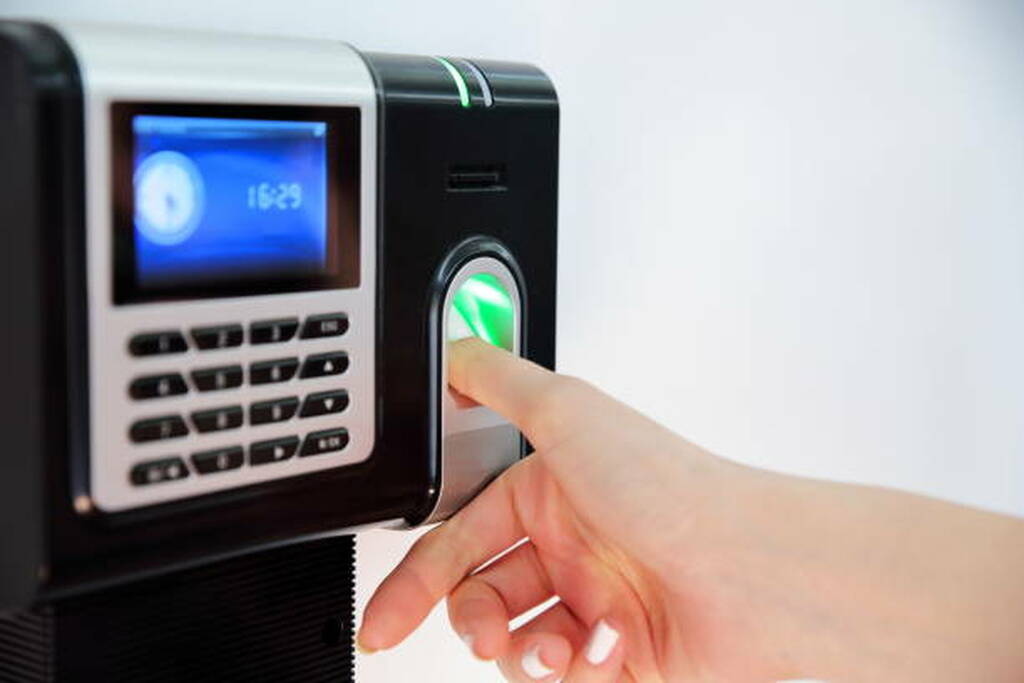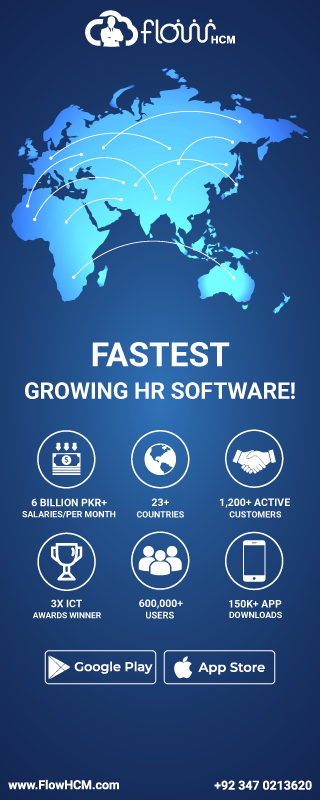Adapting Attendance Tracking to the Modern Workforce
As time passes and trends change, hybrid and remote work models have become the new norm, and organizations are rethinking how they can track employee time and attendance. Traditional manual logs or biometric systems confined to office premises no longer meet the needs of distributed teams.
Businesses today require flexible, accurate, and cloud-based attendance systems like FlowHCM’s Time & Attendance Management module that can manage employees working from different locations, time zones, and schedules.
Beyond just tracking hours, a well-structured time and attendance system not only records working hours but also strengthens transparency, improves workforce planning, and enables data-driven HR decisions.
The Shift Toward Remote and Hybrid Work
After the pandemic, there was a global acceleration towards a flexible work environment from an on-site desk job. Even after returning to normal operations, many companies have adopted permanent hybrid models to retain talent, improve productivity, and reducing the expenses of maintaining an on-site setup.
While this transition helped organizations in many ways, it also had drawbacks for HR teams regarding ensuring accountability, transparency, and accuracy of employees’ attendance when they aren’t physically present.
The answer lies in the automation of attendance through a cloud-based attendance management software like FlowHCM that bridges the gap through automation and serves as a solution for HR teams to keep everyone aligned and visible in real time by allowing employees to check in from home, a client site, or the office with equal convenience, ensuring everyone stays on the same page.
Challenges of Managing Attendance Across Distributed Teams
The model of remote and hybrid setups has a huge impact on attendance tracking, making it more complex for HR professionals. Manual methods often lead to errors, missed entries, and inconsistent data. As a result, HR teams spend valuable time reconciling records and resolving payroll discrepancies.
Common challenges include:
- Lack of visibility into attendance and work hours.
- Difficulty tracking shift timings or half-days.
- Compliance issues with different regional regulations.
- Communication gaps between HR, employees, and managers.
For organizations operating in distributed models, these issues make it essential to move toward a centralized attendance system that connects all employees under one digital framework, exactly what FlowHCM enables through its integrated HR ecosystem.
How Smart Time and Attendance Systems Solve These Challenges
Cloud-based time and attendance systems such as FlowHCM integrate automation and analytics to ensure accuracy and transparency. Employees can mark attendance using mobile phones, tablets, or laptops, while HR and managers access real-time dashboards to monitor attendance trends. The data collection, approval workflows, and reporting are more simplified with this.
FlowHCM’s attendance system goes beyond tracking time. Through its integration with Leave Management, Payroll Management, and Employee Self-Service portals, it ensures that attendance data flows effortlessly across all HR functions, removing duplication and reducing human error. This seamless connectivity helps HR teams save time while fostering transparency and compliance across the organization.
Core Functionalities That Strengthen Modern Workforces
An advanced attendance management system supports multiple work environments, from remote and hybrid setups to on-site operations, ensuring seamless, accurate, and real-time tracking of employee attendance across all locations. Key capabilities include:
- Real-Time Check-Ins and Multi-Device Access: Employees can clock in from desktops, tablets, or smartphones ideal for hybrid and field teams.
- Shift Scheduling and Roster Management: HR can easily manage multiple shifts, make quick amendments, and plan workforce allocation.
- Automated Overtime and Leave Sync: Attendance data automatically syncs with leave and payroll modules, reducing manual effort.
- Analytics and Scheduled Reports: HR teams can access 20+ customizable reports for trends like late arrivals, absences, and overtime.
- Self-Service Portals: Employees can view attendance history, request corrections, or apply for leave without HR intervention.
These features collectively improve efficiency, accountability, and employee satisfaction essential for today’s distributed teams.
Benefits of Automated Attendance Management
Organizations adopting smart attendance solutions experience measurable improvements across operations such as:
- Higher Operational Efficiency: Automated systems reduce manual calculations and reporting time.
- Accurate Payroll Processing: Seamless integration ensures that attendance directly impacts payroll precision.
- Data-Driven Decision-Making: Real-time dashboards highlight patterns like absenteeism or late check-ins.
- Policy Enforcement: Clearly defined rules help maintain consistency across remote and in-office teams.
- Cost Savings: Reduced administrative workload and better planning translate into lower operational costs.
Ultimately, accurate attendance management drives workforce accountability and builds a culture of transparency.
Best Practices for Remote and Hybrid Attendance Tracking
To make the most of modern systems, organizations should focus on a few best practices:
- Set Clear Attendance Policies: Define work hours, breaks, and reporting expectations for all employees — remote or onsite.
- Enable Employee Empowerment: Use self-service tools that allow staff to monitor and manage their attendance.
- Use Data Insights: Regularly analyze attendance trends to identify recurring issues or performance gaps.
- Automate Alerts and Approvals: Scheduled alerts ensure HR and managers stay informed about absences or overtime.
- Integrate Attendance with Core HR Functions: Connecting attendance data with payroll, leave, and performance systems creates an efficient, unified workflow.
These practices ensure organizations maintain discipline without compromising flexibility.
Towards Smarter, Data-Driven Workforce Management
Managing attendance in a remote or hybrid workforce is about more than time tracking it’s about trust, accountability, and adaptability. Modern solutions like FlowHCM’s integrated HRMS bring together attendance, leave, payroll, and performance management to create a seamless employee experience.
When attendance tracking aligns with modules like Leave Management, Payroll, and Performance Management, it transforms from a routine task into a strategic asset. In today’s evolving world of work, businesses that invest in accurate, real-time attendance systems are the ones best positioned to build a transparent, productive, and empowered workforce.








